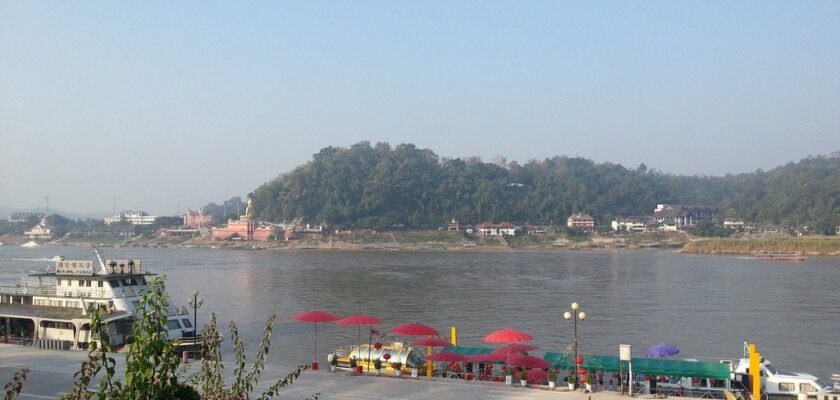Mekong River
This sightseeing attraction is related to the countries:ChinaChina , MyanmarChina , LaosChina , Myanmar , Laos , ThailandCambodiaVietnamThe Mekong River is one of the largest and longest rivers on the planet. According to the U.S. government geographical directory, its length is 2,703 miles or 4,350 km (1 mile = 1,609.3 meters). According to some sources, it’s ranked 11th in the world; according to others, it’s ranked 12th. The point here is that some rivers have disputed origins, hence the disagreement among geographers. What we need to know is that the Lena River (4400 km) is 50 km longer than the Mekong, and the Mackenzie River (4241 km), the largest in Canada, is 109 km shorter.










General Information
The Mekong is located in the southeastern part of Asia and flows through the territory of 4 states: China, Laos, Cambodia, Vietnam. On the right bank of the river also pass the state borders of Myanmar (Burma) and Thailand. Thus, 6 states are inextricably linked to the river.
.
History
The first settlements on the Mekong date back to 2100 B.C. The first state in the area was the kingdom of Baphnom. It was succeeded by Chenla and Kambujadesha (Khmer Empire).
The first European in the area was the Portuguese Antonio de Faria (port. Antonio de Faria) in 1540. At that time, European interest in the region was sporadic, with only a few trade and religious missions established.
The first serious expedition to explore the Mekong took place in 1866-1868, led by Ernest Dudard de Lagrée and Francis Garnier. They traveled from the mouth to Yunnan and found that navigation of the Mekong was impossible due to rapids and waterfalls in the areas of Cambodia’s Kratieh Province and Laos’ Tiampatsak (Khon Falls). The sources of the Mekong were explored in 1900 by P. K. Kozlov.
.
From the 1890s, France extended its control to Laos, forming French Indochina. After the Indochina War, the Mekong began to belong to the independent states into which French Indochina was broken up.
